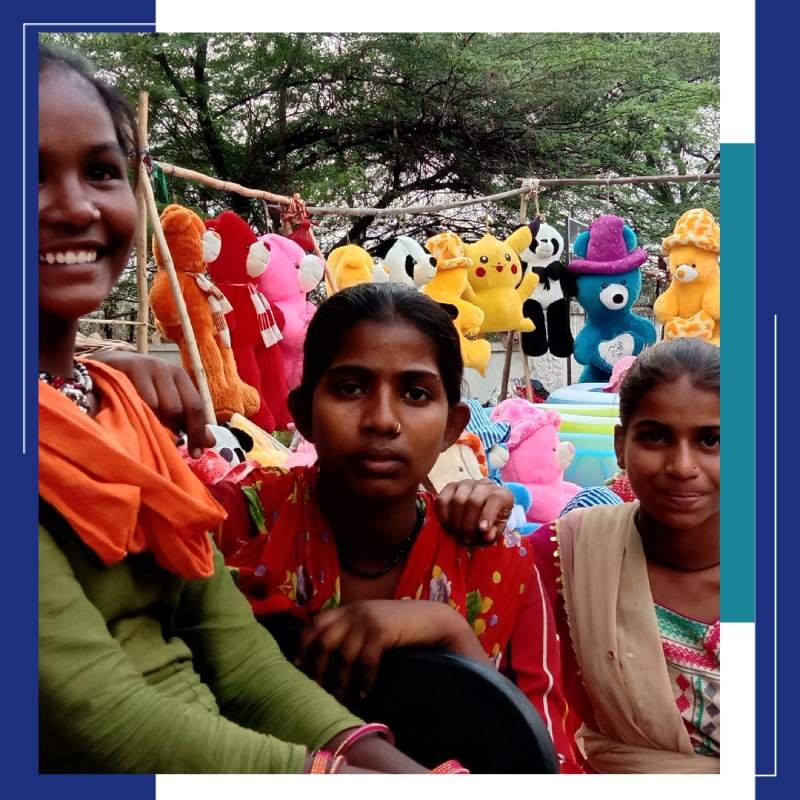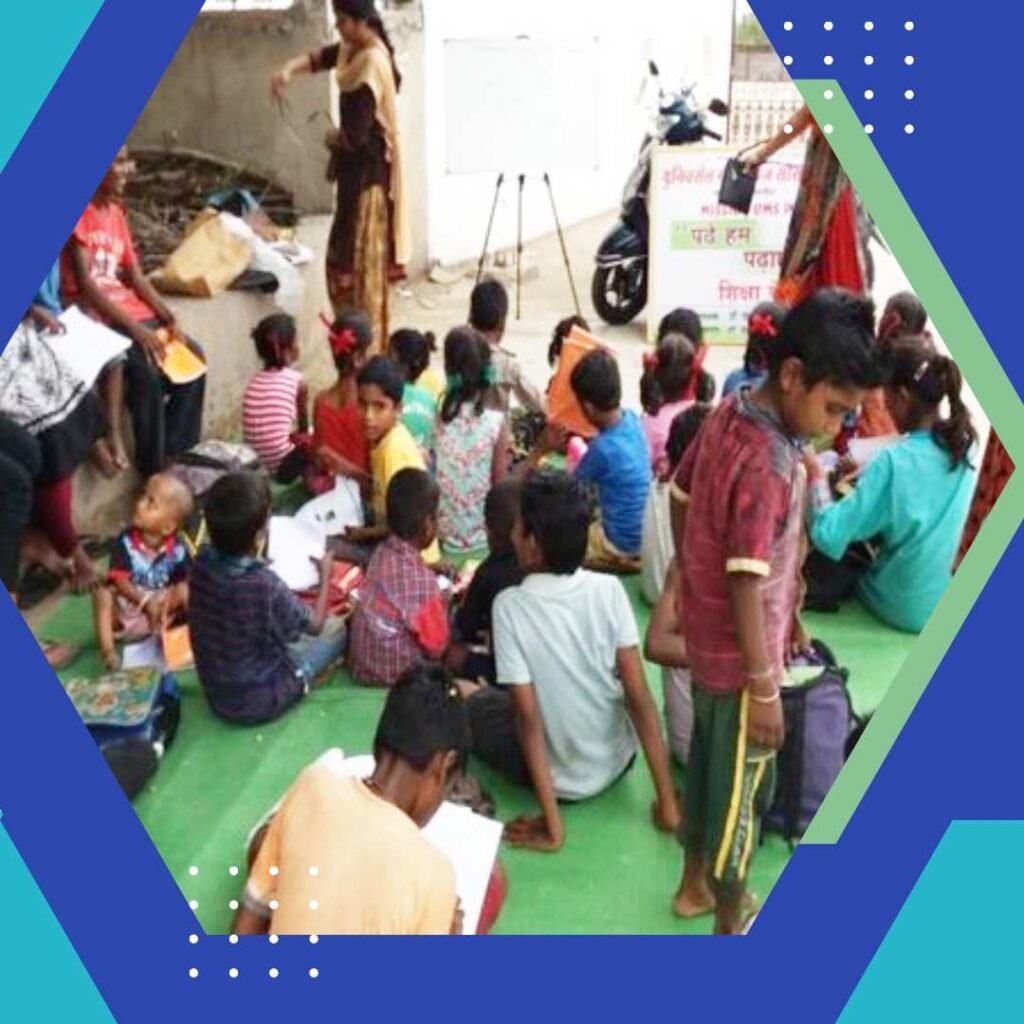- Home
- Need for Bridging Education Gap
Need for Bridging Education Gap

Status of literacy in India
The level of literacy in rural and urban (slum) families in India is always affected due to seasonal migration. UNESCO Global Education Monitoring Reports- 2019 Let us take a look at how the Global Education Monitoring Report-2019 has highlighted the educational challenges in inter-state migration.
According to the survey report, in India in 2019, 10.7 million children aged 6 to 14 years lived in slums due to seasonal migration. The survey report found that 28% of the youth in the age group of 15 to 19 living in these settlements are illiterate, and 18% of the youth in the same age group have not even completed their primary education. Overall, UNESCO Global Education Monitoring Reports-2019 says that about 80% of the migrant workers in the seven major cities of India have no source of education near their workplaces, or there is a lack of access to education. The workplace of these workers keeps changing every year, due to which providing education to their children is proving to be a challenge. Therefore, the children of migrant workers are away from the main source of education or education is not available to them, due to which the future of the children is becoming dark.
- India's literacy rate has increased six times since the end of British rule. The literacy rate was 12% in 2011 which has now increased to 74% in 2022. Despite this, India is the country with the largest population of illiterate people in the world.
- Even today, the highest number of women are illiterate in the state of Bihar. In 2011, the literacy rate of women in Bihar was 38%.
- India ranks 123rd out of 135 countries in terms of female literacy rate.
- India ranks fourth/ at B position in the South Asia region.
- In India, 6 million children are still out of school.
- India is the country with 37% of the world's population of illiterate adults. Whose number is 287 million.
Construction and other labour sectors
The survey report says that children and youth are the most affected by short-term migration in the construction sector. If the survey report is to be believed, a continuous increase in the number of illiterate children can be seen due to short-term migration. The survey report surveyed 3000 brick kiln workers in Maharashtra and Punjab in 2015-16, in which it was found that 60% of the workers have migrated interstate. The report found that children in the age group of 5 to 14 work regularly for 7 to 9 hours per day. This is a figure which will affect the number of illiterates in India in future. The survey report also says that the interstate migration rate doubled between 2001 and 2011. There has been 9 million interstate migration from 2011 to 2016. Between 2016 and 2022, we can see a 10% increase in inter-state migration based on previous numbers.
Literacy level and educational attainment are the backbone of economic development in a developing country like India. Literacy level and education enhance the quality of social life, awareness level and skill level of people. The Indian Constitution has laid down important provisions for educating the citizens. Free and Compulsory Education Under Article 41, Article 45 and Article 46 of the Directive Principles of State Policy, the Constitution has given instructions to take necessary steps to provide equal literacy opportunities to the citizens. Education of Weaker Sections Under Articles 15, 17, and 46, instructions have also been given to protect the educational interests of the socially and educationally backward classes of the weaker sections of the Indian community, such as the Scheduled Castes and the Scheduled Tribes.

